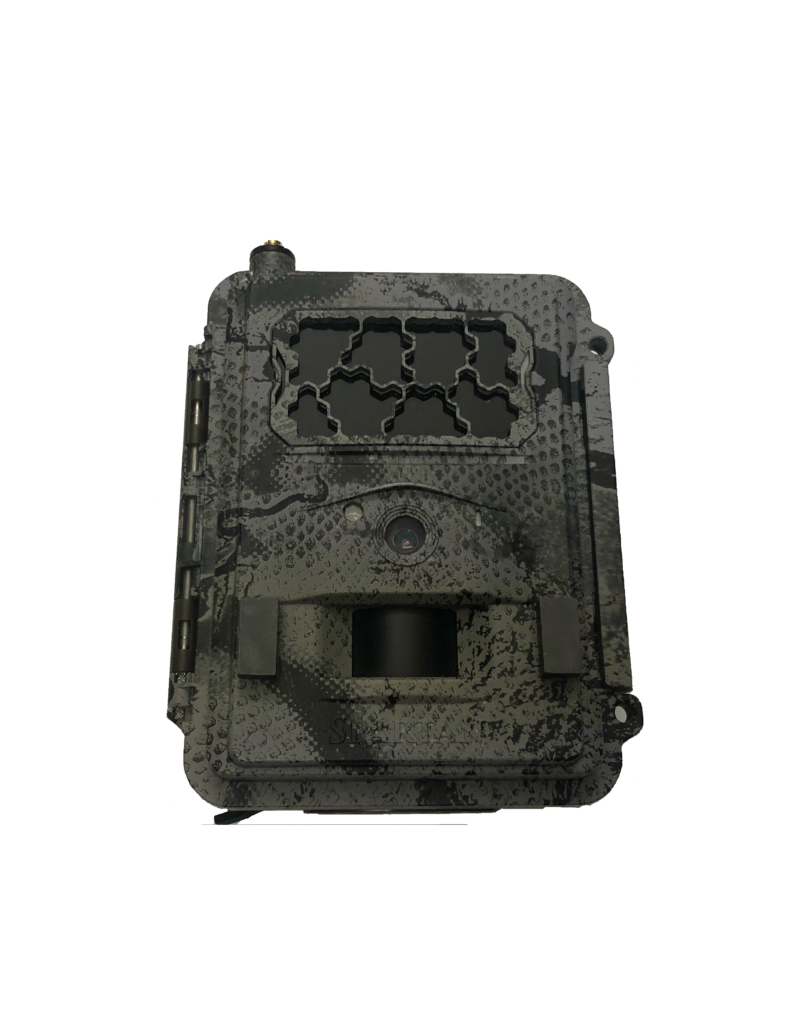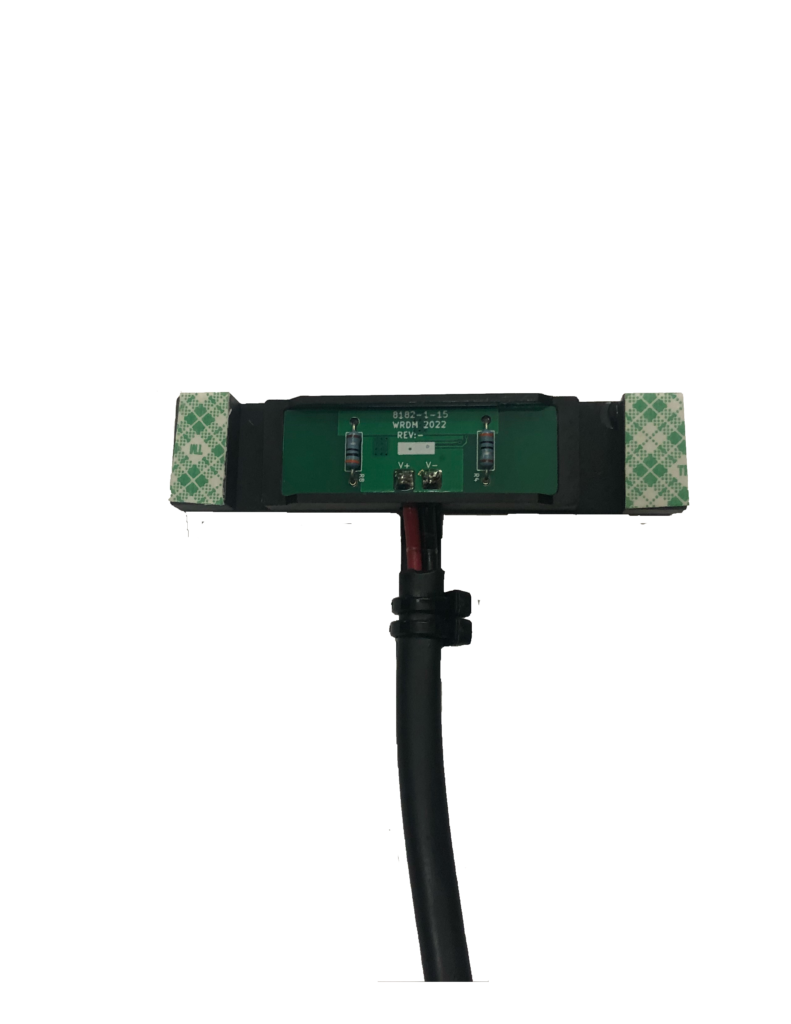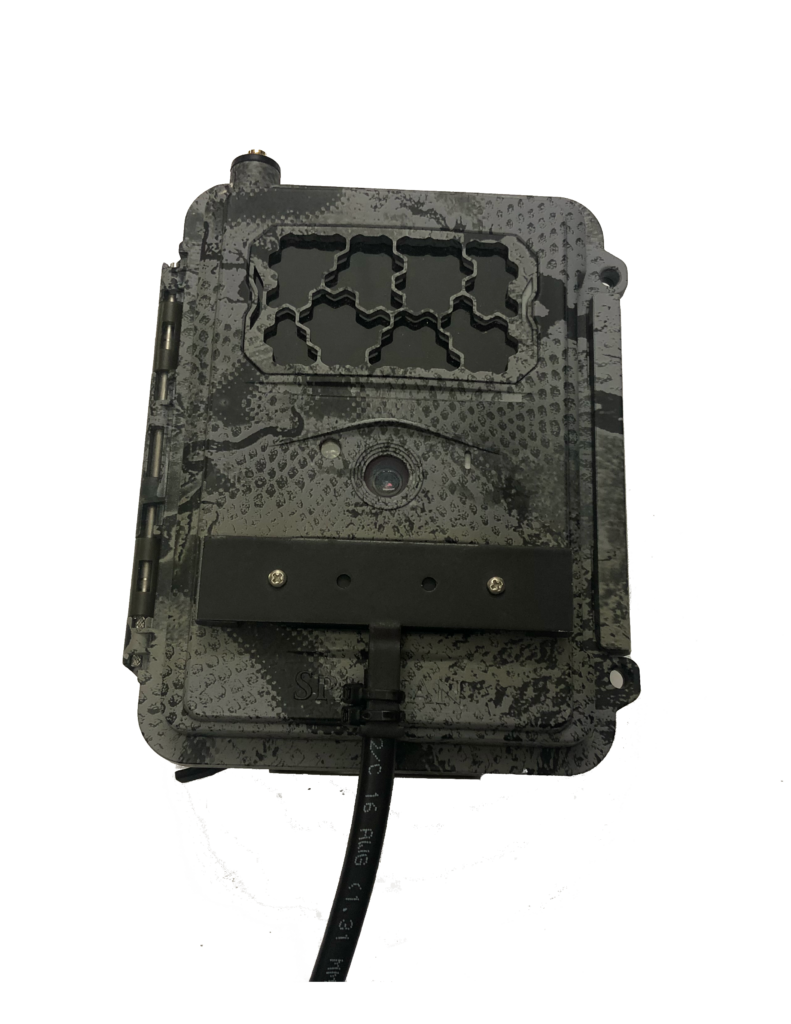The sensor network has the ability trigger game cameras to provide pictures of activity and intrusions within the network. To trigger a trail camera an eyepatch trigger module is placed over the PIR motion sensor of the trail camera and connected to the accessory port of the sensor node.
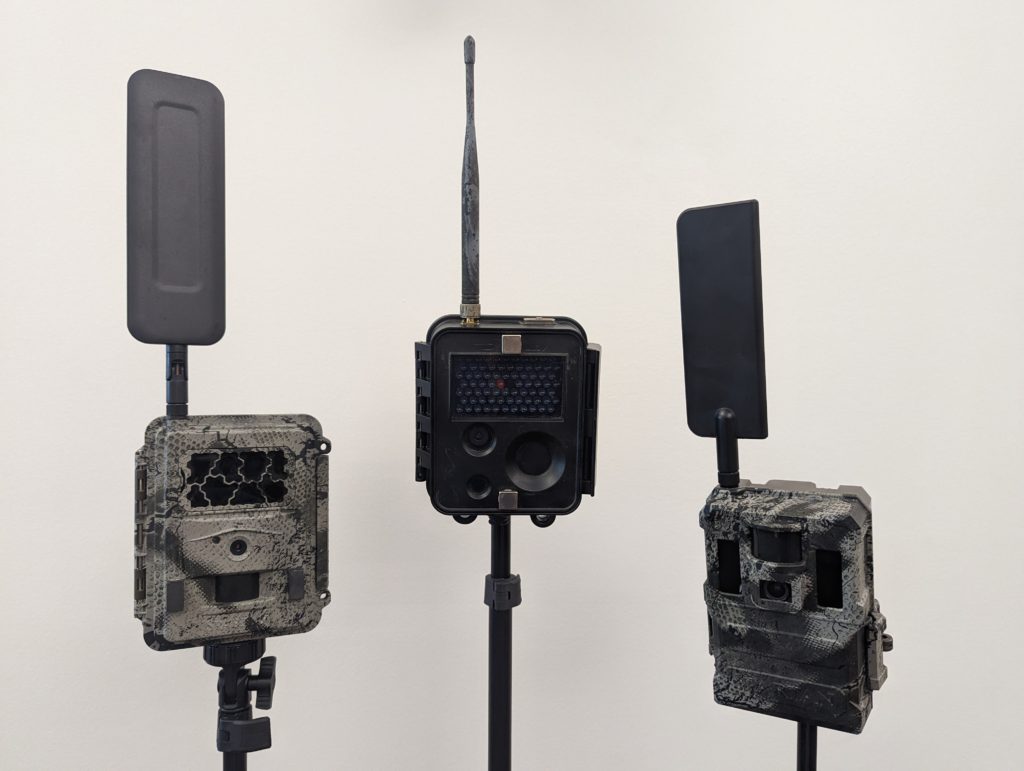
cameras without the eyepatch controller 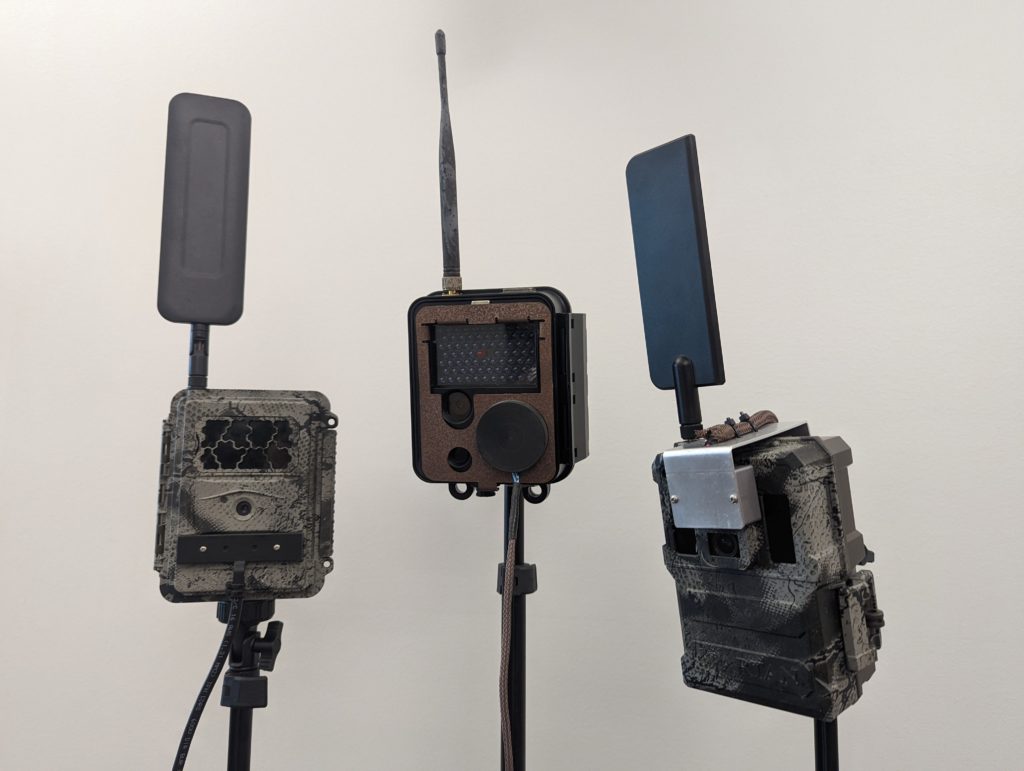
Same Cameras with the eyepatch controller installed
When activity is detected by the sensor network the eyepatch triggers the camera to take a picture by activating the trail camera’s passive infrared (PIR) motion sensor. WilliamsRDM has three variants of the trail camera eyepatch trigger module to support both Spartan and Buckeye cameras, Spartan Ghost and GoLive cameras, the Spartan GoCam, and the Buckeye cameras.
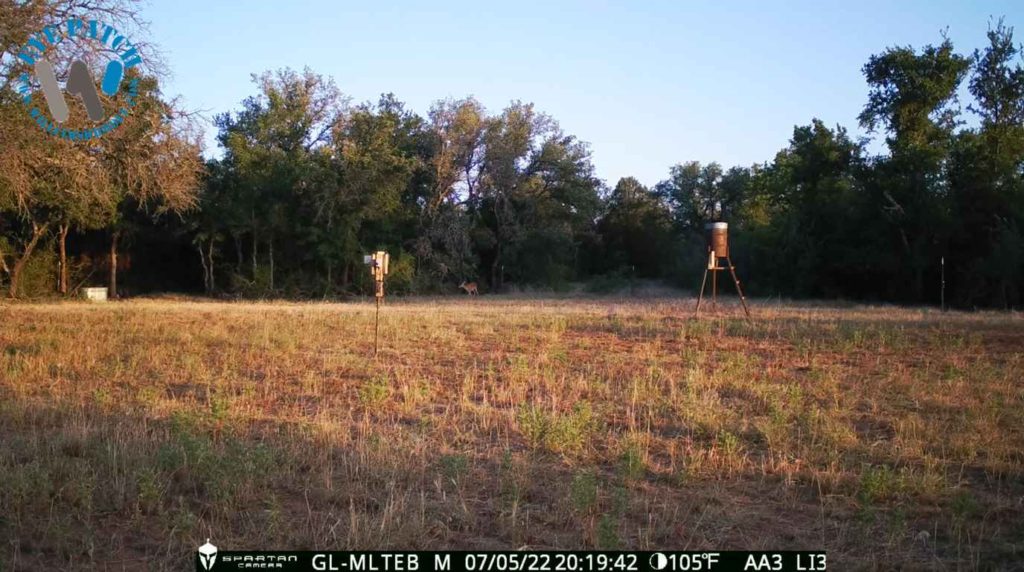
The eyepatch can then be configured to trigger the camera when an intrusion is detected by the tripwire system. Specific trip wires can be assigned to trigger the camera.
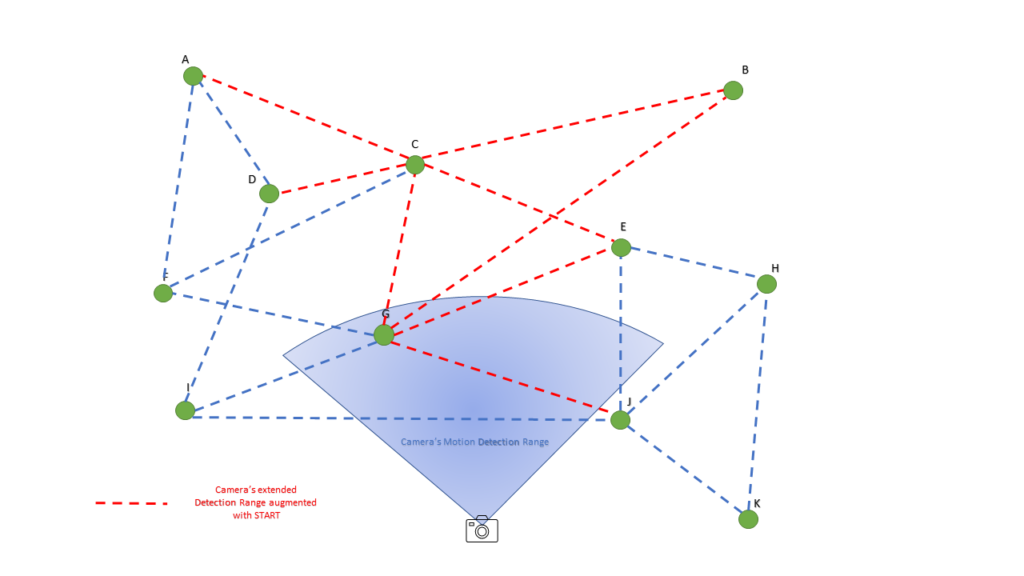
Multiple eyepatches can be used to trigger multiple cameras for the same event. This allows multiple pictures to taken simultaneously providing various points of view of the same event.

Night Time Pictures disadvantages: Taking pictures at a distance have various advantages. More pictures can be taken of the subject, a better over all understanding or the situation can be made by seeing the entire environment. Cameras can be better hidden or placed our of reach, since their motion detectors are no longer needed. The main disadvantage is in the dark. When a camera is triggered in the dark, it built in IR flash will only illuminate anything relatively close to the camera. Its IR flash is just not very powerful. We have a solution for that as well, the external IR flash.

